Drawdown Risk Calculator
Calculate Your Maximum Risk Per Trade
Enter your account size and drawdown limits to determine how much you can risk per trade while staying within your risk parameters.
Risk Calculation Results
Most new traders think the goal is to win big. The truth? The goal is to not lose everything. In professional trading, especially with funded accounts, your ability to stick to risk limits isn’t just good practice-it’s the difference between staying in the game and getting shut down overnight.
What Are Drawdown Limits and Why Do They Matter?
Drawdown limits are hard stops on how much your account can lose within a set time. Think of them as safety rails on a rollercoaster. They don’t stop you from making money. They stop you from blowing up your account when things go wrong.There are three key types:
- Daily drawdown: The most you can lose in one trading day.
- Weekly drawdown: The total loss allowed over five trading days.
- Maximum drawdown: The absolute worst your account can drop from its highest point, ever.
These aren’t suggestions. Prop firms like Atmos Funded, OFP Funding, and Topstep use them to protect their capital. As one trader put it: "Prop firms aren’t giving away money. They’re betting on you-and they need to know you won’t gamble it away."
Calculating drawdown is simple: (Peak Value − Trough Value) ÷ Peak Value. If your account hits $12,000, then drops to $11,400, your drawdown is 5%: (12,000 − 11,400) ÷ 12,000 = 0.05.
Daily Drawdown: Your First Line of Defense
Daily limits are your tripwires. Most prop firms set them between 2% and 5%. If you hit that limit, you’re done trading for the day. No exceptions.
Why does this work? Because it forces discipline. You can’t chase losses. You can’t revenge trade after a bad call. You have to walk away and come back fresh.
Let’s say you have a $10,000 account with a 2% daily limit. That’s $200 max loss per day. If you’re trading two positions, you should risk no more than $100 per trade. That’s the math: 2% ÷ 2 positions = 1% per trade. Simple. Clean. Repeatable.
But here’s the catch: slippage and fees eat into your limit. If you’re scalping or trading fast-moving markets like the DAX or Nasdaq futures, your real drawdown might hit faster than you think. A 2% limit might feel like 1.5% once commissions and spread costs are factored in. Always assume your limit is tighter than it looks.
Weekly Drawdown: The Bigger Picture
Daily limits stop you from blowing up in one day. Weekly limits stop you from blowing up over a week.
Most firms cap weekly drawdown at 5% to 10%. If your daily limit is 2%, you could theoretically lose 10% over five days (2% × 5). But that’s not how it works in practice. Most firms track your peak-to-trough drop across the entire week. So if you lose 1% Monday, gain 2% Tuesday, lose 4% Wednesday, and lose 3% Thursday, your weekly drawdown is 8%-not 10%. The system looks at your highest balance during the week and how far down you’ve fallen from there.
Weekly reviews are where traders get smarter. After each week, ask yourself:
- Did I hit my limit? Why?
- Was it one bad trade or a pattern of poor entries?
- Did I risk too much per trade?
- Did I ignore my plan because I was trying to recover losses?
Traders who audit their trades in R-terms (risk-reward ratios) and compare them to their drawdown limits improve faster. One trader on the Atmos Funded forum said sticking to a 2% daily limit raised his win rate from 48% to 57%-not because he became a better predictor, but because he stopped forcing trades.
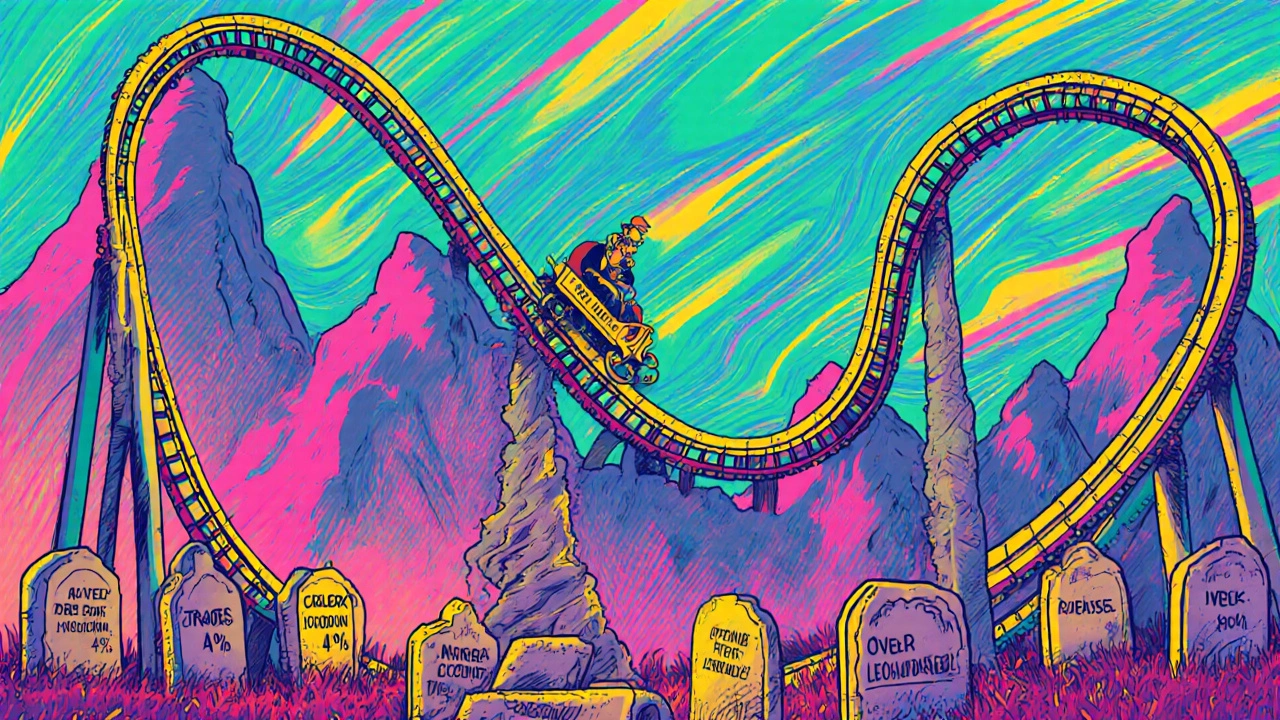
Maximum Drawdown: The Line Between Life and Death
This is the most dangerous limit. It’s the biggest loss your account has ever taken since you started trading. Once you hit it, you’re done. No second chances. No appeals.
Most prop firms set this between 4% and 8%. Some conservative programs use 4%. More aggressive ones allow 6% or 7%. Hedge funds might tolerate 10-15%, but retail prop traders don’t get that luxury.
Why is this so strict? Because it’s not about one bad week. It’s about your entire trading history. If you’ve had two 3% drawdowns in the past, and now you’re at 5%, you’re already halfway to being cut. The system remembers.
And here’s the kicker: max drawdown doesn’t reset. Even if you make $10,000 in profits after a loss, your peak stays higher. So if you lost $500 at the start, then made $3,000, your new peak is $13,000. Now if you drop $650 from there, you’re at 5% drawdown on a $13,000 account-even if your balance is still $12,350. That’s how it works.
How Different Firms Handle Drawdowns
Not all prop firms are the same. Their drawdown rules reflect their philosophy.
| Firm | Daily Limit | Weekly Limit | Max Drawdown | Drawdown Type |
|---|---|---|---|---|
| Atmos Funded | 2% | 5% | 4% | Fixed (Two-Phase), Trailing (One-Phase) |
| OFP Funding | 2% | 6% | 4% | Fixed |
| Topstep | 3% | 7% | 6% | Trailing (adjusts with profits) |
| Equiti | 2-5% | 5-10% | 5-8% | Fixed |
Trailing drawdowns (like Topstep’s) are smarter. They let you grow your account without resetting your safety net. If you make $5,000 in profit, your max drawdown now protects $5,000 of that gain. You can’t lose it all back. That’s why many traders prefer trailing limits-they reward consistency.
Fixed limits are simpler but harsher. You can’t grow past your limits. If you hit your max drawdown at $10,000, you’re done-even if you later make $20,000. That’s why firms like Atmos Funded use both: fixed for beginners, trailing for proven traders.
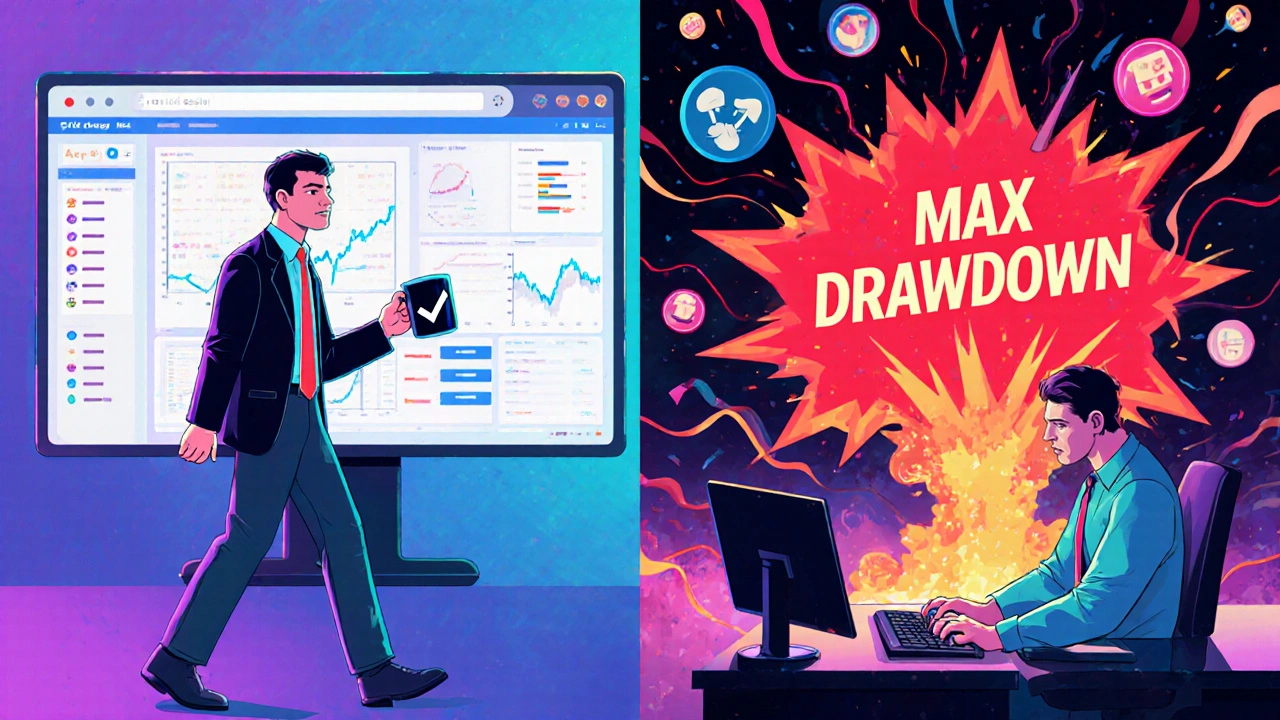
Why Traders Fail (And How to Avoid It)
Most traders don’t get shut down because they’re bad at predicting markets. They get shut down because they ignore the rules.
Here are the top three mistakes:
- Over-leveraging after a win streak - You make $500 in two days. You think you’re hot. So you double your position size. Next day, you lose $800. You’re under your daily limit? No-you’re over your max drawdown.
- Misunderstanding how drawdown is calculated - Many think it’s just the sum of daily losses. It’s not. It’s the highest peak to the lowest trough. One big loss can wipe you out even if your daily losses were small.
- Trading through drawdowns instead of stepping back - Trying to recover losses immediately is a recipe for disaster. The best traders stabilize, reduce size, wait for high-probability setups, and rebuild. Studies show traders who follow this method recover 68-85% of their accounts. Those who rush? Only 32-41% make it back.
Market context matters too. The DAX moves more than Lean Hogs. A 2% drawdown on a volatile index might be normal. On a thin market, it’s a red flag. Adjust your risk based on the asset, not just the rule.
Real Talk: What Works in the Long Run
Traders who last five years don’t have magic indicators. They have routines.
- They size positions based on daily limits, not gut feeling.
- They stop trading the moment they hit their daily loss cap-even if it’s 10 a.m.
- They review weekly performance, not just profits.
- They treat max drawdown like a death sentence-and avoid it like one.
Deloitte found that traders who keep their drawdown below 50% of their maximum limit are 3.7 times more profitable over time than those who constantly edge up to the line. Why? Because they have room to breathe. They don’t panic. They don’t overtrade. They let their edge work.
And here’s the most important thing: drawdown isn’t a penalty. It’s feedback. It tells you when your strategy is broken, when you’re out of sync, or when you’re letting emotion drive decisions.
What’s Changing in 2025?
The industry is evolving. Firms are moving away from one-size-fits-all limits.
- AI-driven risk tools now predict drawdown risk in real time-flagging when a trader is about to exceed limits based on current market volatility.
- Regulators like the UK’s FCA now require firms to clearly explain how drawdowns are calculated. No more hidden slippage tricks.
- Multi-tiered systems are coming: instead of getting cut instantly, you might get a warning, then a size reduction, then a suspension. This gives traders room to fix mistakes.
But the core hasn’t changed. Drawdown limits are still the line between survival and failure. And if you’re serious about trading for a living, you treat them like a law-not a suggestion.
What happens if I hit my daily drawdown limit?
You’re automatically blocked from trading for the rest of the day. No exceptions. This isn’t a penalty-it’s a reset. Use the time to review your trades, step away from the screen, and come back with a clear head. Most successful traders say hitting this limit early saved their account.
Can I trade multiple positions if I have a 2% daily limit?
Yes, but you must split your risk. If your daily limit is 2%, and you’re trading three positions, you can’t risk more than 0.67% per trade. The math is simple: total daily limit ÷ number of positions. Never add up your risk across trades-always calculate per trade based on the limit.
Is a 5% max drawdown too high for a beginner?
It’s not too high-it’s dangerous. Beginners should aim for 3-4% max drawdown. Why? Because you’re still learning. A 5% loss can wipe out weeks of progress. Tighter limits force you to focus on precision, not volume. Many top traders started with 3% and only increased limits after 6+ months of consistent profitability.
Do drawdown limits reset every month?
No. Daily and weekly limits reset on a rolling basis, but maximum drawdown is permanent. Your peak account value only moves up-not down. Even if you recover all losses, your max drawdown stays at the highest loss you ever took. That’s why protecting your peak is more important than chasing profits.
Why do some firms use trailing drawdowns?
Trailing drawdowns protect your profits. If you make $10,000 in gains, your account’s new peak becomes your new safety line. You can’t lose those gains back. This rewards consistency and encourages growth. It’s the system used by top firms like Topstep because it aligns your success with the firm’s interests.
Can I increase my drawdown limits if I prove I’m profitable?
Rarely. Most firms don’t increase limits-they increase funding. Once you pass your evaluation, you get more capital, not looser rules. That’s intentional. They want you to trade bigger with the same discipline. If you need looser limits, you’re not ready for more capital yet.
What’s the #1 mistake traders make with drawdowns?
They treat drawdown as a number to beat, not a boundary to respect. They think, "I’m only at 1.8% today-I can risk a little more." That’s how accounts die. Drawdown isn’t a target. It’s a wall. Touch it, and you’re out.
If you want to survive in trading, stop chasing wins. Start guarding your capital. Your daily, weekly, and max drawdown limits aren’t restrictions-they’re your roadmap to long-term success.
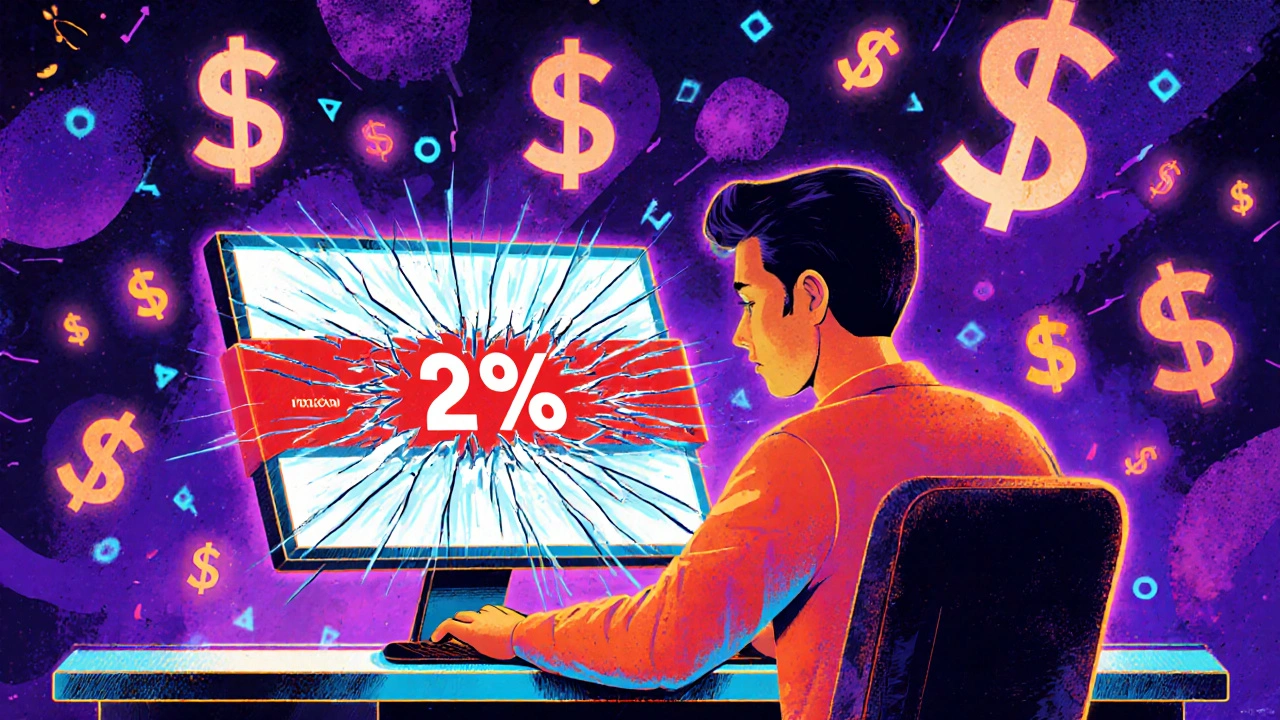

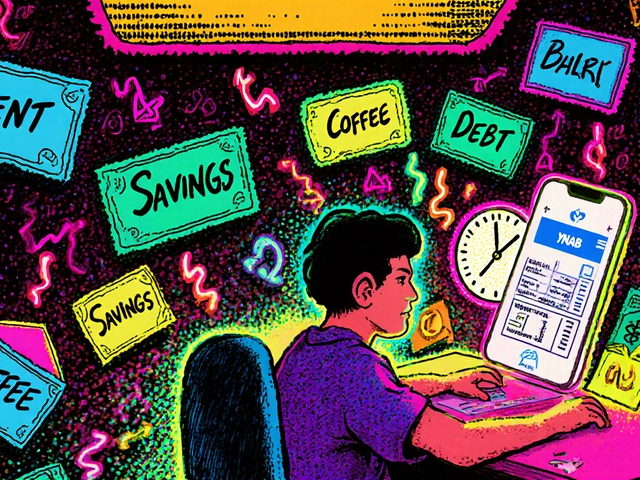
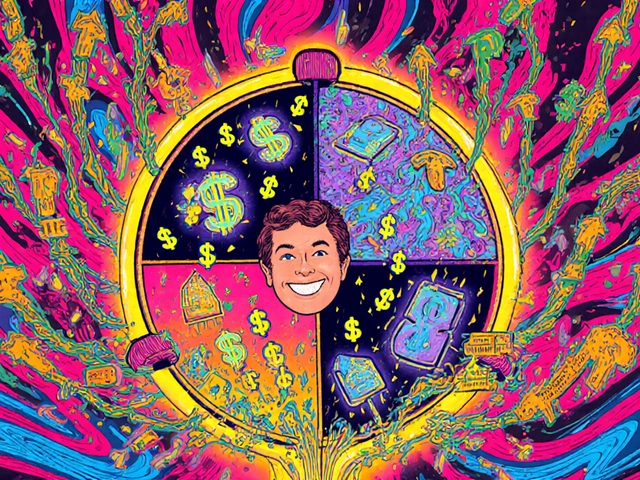


Comments
Been there, done that 😅
Hit my 2% daily limit at 11 a.m. last week-walked away, made chai, came back at 8 p.m. and nailed a 3:1 setup. Prop firms ain’t wrong. Discipline > genius.
This is one of the clearest breakdowns of drawdown limits I’ve ever read. The math is simple, but the psychology behind it? That’s where most traders fail. I love how you framed it as feedback, not punishment. It’s not about avoiding loss-it’s about respecting your edge. The Deloitte stat about 3.7x profitability? That’s the real takeaway. Stay within your boundaries, and the markets will reward you. Not because you’re smart, but because you’re consistent.
YOOOOO-topstep’s trailing drawdown is LIT 🚀
I went from $5k to $22k in 4 months and my max drawdown only moved from 4% to 4.8% because it trailed. I didn’t even realize I was building a fortress with my profits. Now I’m like-‘nah, I’m not touching that 6% line, that’s my ‘don’t touch me’ zone.’
Also, slippage on Nasdaq futures? Bro, it eats your lunch. Always assume your limit is 0.5% tighter than what’s posted. I learned that the hard way after losing $400 in one trade because I forgot to account for spread. RIP my ego.
Let’s be brutally honest: 90% of retail traders don’t belong in funded accounts. They treat drawdown limits like a game of chicken-‘I’m at 1.9%, I’ll just squeeze one more trade.’ And then they’re gone. Poof. No second chances.
Topstep’s trailing model isn’t generous-it’s intelligent. It forces accountability. Atmos Funded’s two-phase system? Even better. You earn your way into real freedom. But if you’re still trying to ‘recover’ after a 1.5% loss? You’re not a trader. You’re a gambler with a spreadsheet.
And don’t even get me started on beginners with 5% max drawdown. That’s not a threshold-it’s a suicide pact. You think you’re ‘giving yourself room’? No. You’re just giving yourself more time to implode. Stick to 3%. Stay alive. Then grow.
There is something profoundly philosophical about the concept of drawdown limits, isn't there? It mirrors the ancient notion of moderation-the golden mean between excess and deficiency. In trading, as in life, the pursuit of maximum gain often leads to the greatest loss. The discipline of stepping away after hitting a daily limit is not merely a rule imposed by firms; it is an act of self-preservation, a conscious choice to honor the rhythm of the market rather than impose one's ego upon it. I have observed that those who treat drawdown as a boundary, not a target, often develop a deeper relationship with uncertainty-not fearing it, but learning its language. The fact that maximum drawdown never resets is not a punishment, but a mirror: it reflects the permanence of our mistakes, and the humility required to rebuild. Perhaps, in a world obsessed with growth at all costs, the truest form of success lies not in how much we gain, but in how wisely we protect what we already have. And yes, I do realize I wrote a novel. But this topic deserves more than a tweet.